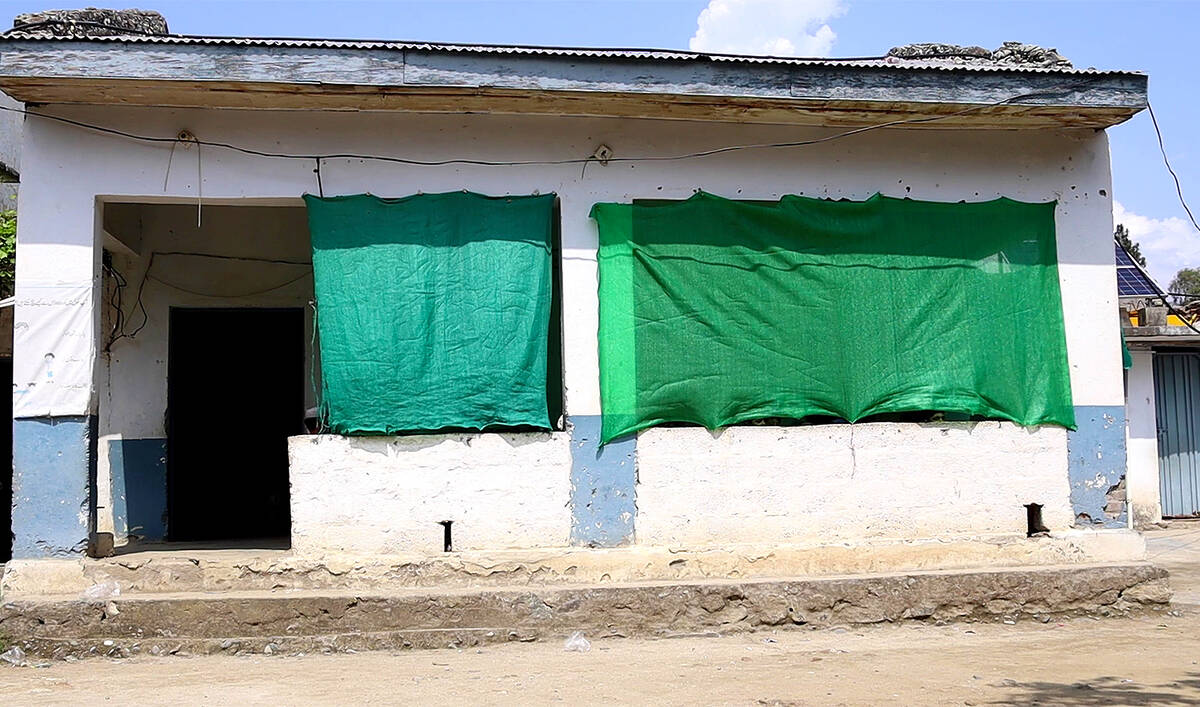KARACHI: Pakistan‚Äôs southern Sindh province was on high alert on Tuesday for torrential rains and surging river flows, with authorities warning of severe urban flooding in major cities, even as deluges in Punjab have killed at least 63 people and displaced millions since late August.¬Ý
Sindh’s provincial government has sprung into action over the past few days as floodwaters now race down the Indus basin, fed by Punjab’s three eastern rivers — the Chenab, Ravi and Sutlej — which have been swollen by weeks of heavy rains and dam releases in India. As the torrents merge into the Indus, Pakistan’s longest river, the surge is expected to hit Sindh today, Tuesday, threatening towns and farmlands along the river’s southern course before it empties into the Arabian Sea.
The floods have wreaked havoc in the country’s most populous and breadbasket province of Punjab since late August, killing 63 people and affecting over four million others. Punjab’s information minister Azma Bokhari said on Monday that the province has shifted 2.147 million people and 1.55 million animals to safer places since the latest spell of rains and flooding inundated the province’s villages and districts on Aug. 26. According to Punjab officials, 74,786 people are residing in flood relief camps across the province.
In an advisory issued on Monday, the Provincial Disaster Management Authority (PDMA) in Sindh warned the current spell of widespread thunderstorm and rain, with scattered heavy to very heavy rainfall and torrential rains, are expected over Sindh and adjoining areas till Sept. 10.¬Ý
‚ÄúWARNING: SEVERE URBAN FLOODING is likely in major cities of Sindh province until Sept. 10,‚Äù the PDMA advisory said.¬Ý
As the floods head downstream, the PDMA warned of flash flooding in the nullahs of southern Punjab districts such as Rajanpur and Dera Ghazi Khan. It also warned that flash flooding was expected in Sindh‚Äôs Dadu, Jamshoro and Kambar Shahdadkot districts from Sept. 8-10.¬Ý
The PDMA cautioned that an “exceptionally high flood level” will continue to remain in river Sutlej at Punjab’s Ganda Singh Wala village, owing to release from Indian reservoirs, while the River Indus at Guddu Barrage is expected to attain a high to very high flood level on Sept. 8-9.
With the threat of floods looming over the southern province, authorities have started taking preventive measures in Sindh. Provincial Irrigation Minister Jam Khan Shoro visited the Kashmore-Kahndhkot and Tori embankments in Sindh on Monday to inspect strengthening work at the structures.¬Ý
“The Sindh government has made preparations for a super flood,” Shoro was quoted as saying by the Sindh Information Department. “Weak embankments are being reinforced.”
He said the Kashmore-Kandhkot embankment, located in northern Sindh near the province‚Äôs border with Punjab and Balochistan, is ‚Äústrong‚Äù and currently does not face any danger from the floods.¬Ý
“The water will reach Guddu Barrage by tomorrow [Tuesday],” Shoro said. “Some water has been released into the sea, and we are diverting flows downstream so that it reaches the sea.”
Shoro was briefed by the deputy commissioner of Kashmore that a large number of people are present in the riverine areas of the district.¬Ý
“Half of these people are at risk of being affected, for whom boats and other relief supplies have been arranged,” the minister said.
RISING WATER LEVELS
PDMA Punjab Director General Irfan Ali Kathia said due to rains in the upper regions, river flows in the province have increased “unusually.”
On the Chenab River, levels were steady. The flow of water had declined from 530,000 cusecs to 416,000 at Trimmu Headworks, a major control structure in central Punjab where the river’s surge is being monitored closely. Flows at Qadirabad and Khanki headworks upstream had started to fall at 120,000 cusecs and 108,000 cusecs, respectively, indicating that the flood peak may already have passed in those areas.
On the Ravi River, which runs through Lahore before joining the Chenab, a medium flood level was recorded at Shahdara with water flow at 59,000 cusecs but a ‚Äúvery high flood level‚Äù of water was recorded at Balloki at 104,000 cusecs.¬Ý
On Sutlej River, very high flows continued at Ganda Singh Wala at 261,000 cusecs on Tuesday while at Sulemanki the water flow was recorded at 137,000 cusecs, indicating a ‚Äúhigh flood level.‚Äù At Panjnad, where the Sutlej meets the Chenab before joining the Indus, levels stood at 452,000 cusecs, declining from yesterday‚Äôs level of over 520,000 cusecs.¬Ý
The Indus itself was recorded at over 411,000 cusecs at Guddu Barrage in Sindh on Monday, with Shoro warning that 700,000 to 800,000 cusecs of water is expected to pass through the barrage. This underscores the threat now shifting downstream into Sindh.
Pakistan has been reeling from the devastating effect of heavy rains since the onset of the monsoon. The National Disaster Management Authority (NDMA) said in its latest report that the nationwide death toll from rains and floods since June 26, when the¬Ýmonsoon season began had reached 922.¬Ý




















